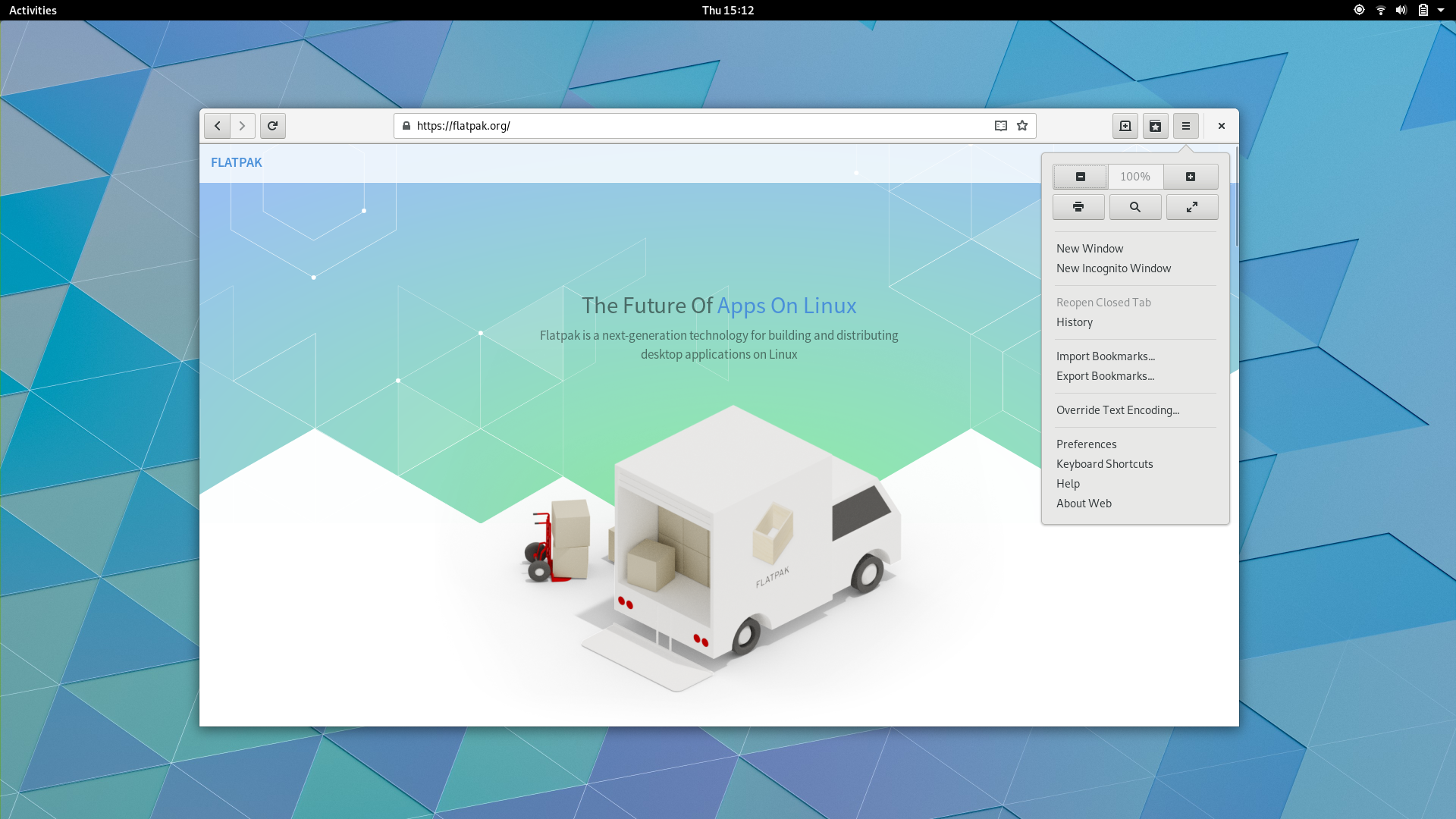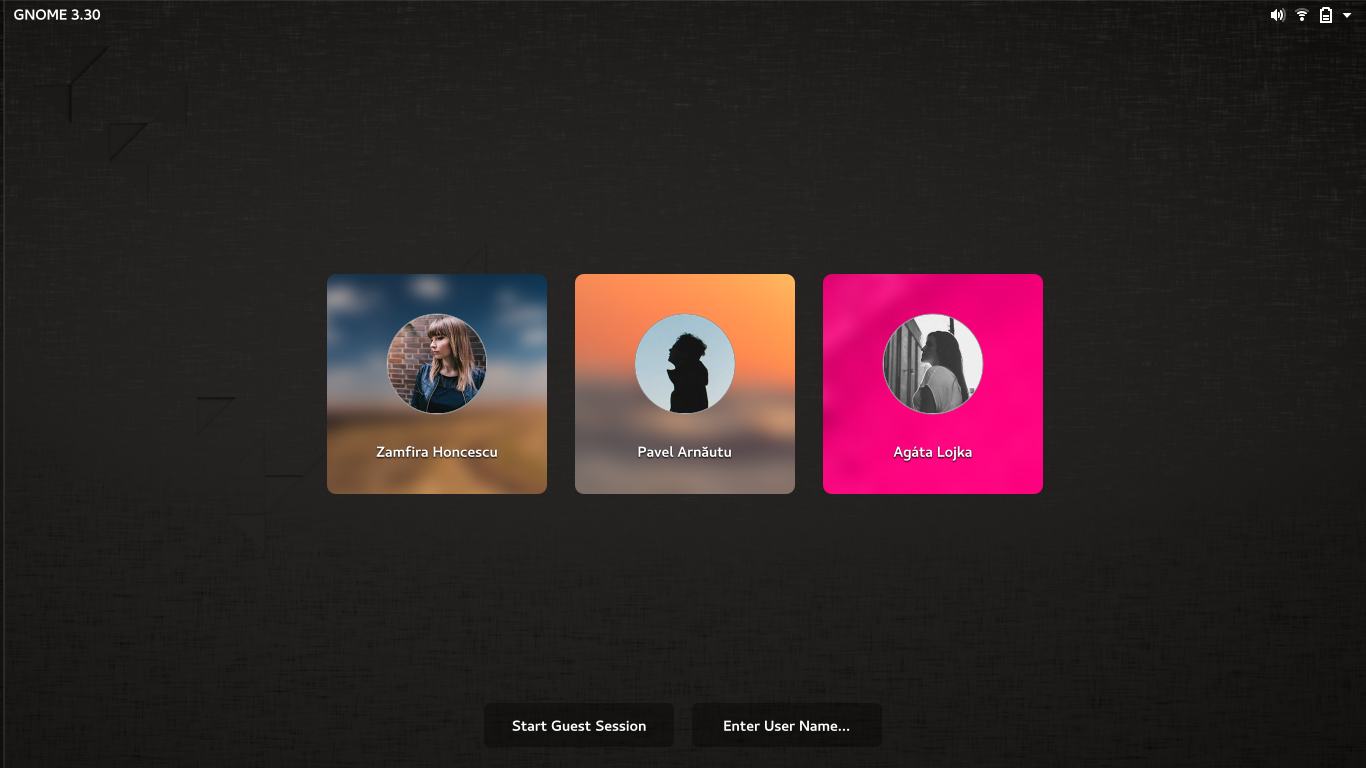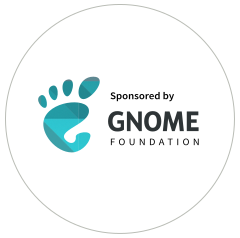This week I participated in the Parental Controls and Metered Data Hackfest, which was held at Red Hat’s London office.
Parental controls and metered data already exist in Endless and/or elementary OS in some shape or form. The goal of the hackfest was to plan how to upstream the features to GNOME. It’s great to see this kind of activity from downstreams so I was very happy to contribute in my capacity as an upstream UX designer.
There have been a fair few blog posts about the event already, so I’m going to try and avoid repeating what’s already been written…
Parental controls
Parental controls sound like a niche feature, but they actually have wider applicability than limiting what the kids can do with your laptop. This is because the same features that are used by parental controls can be useful for other types of functionality, particularly around “digital well-being”. For example, a parent might want to limit how much time their child spends using the computer, but someone might want to self-impose this same limit on themselves, in order to try and lead a healthier lifestyle.
Furthermore, outside of parental controls, the same functionality can be pitched in different ways. A feature like limiting the use of particular apps to certain times of the day could either be presented as a “digital well-being” feature, where the goal is to be happier and healthier, or as a “productivity” feature, where the goal is to help someone get more out of their time in front of the screen.
There are some interesting user experience questions that need to be answered here, such as to what extent we should focus on particular use cases, as well as what those use cases should be.
We discussed these questions a bit during the hackfest, but more thought is going to be necessary. The other next step will be to figure out what the initial MVP should be for these features, since they could potentially be quite extensive.
Metered data
Metered network connections are those that either have usage limits attached to them, or those which have financial costs for usage. In both cases this requires that we limit automatic/background network usage, as well as potentially showing warnings if the user is doing something that could result in high data usage.
My main interest in this area is to ensure that GNOME behaves correctly when people use mobile broadband, either by tethering their phone or when using a dedicated mobile broadband connection. (There’s nothing more frustrating than your laptop silently chewing through your data plan.)
The first target for this work is to make sure that automatic software updates behave well, but there’s some other interesting work that could come out of it, particularly around controls for whether unfocused or backgrounded apps are allowed to use the network.
Philip Withnall has created a survey to find out about peoples’ experiences using metered data. Please fill it out if you haven’t already!
Credits
The hackfest was a great event, and I’d like to thank the following people and organisations for making it possible:
- Philip Withnall for organising the event
- The GNOME Foundation for sponsoring me to attend
- Red Hat for providing the venue








